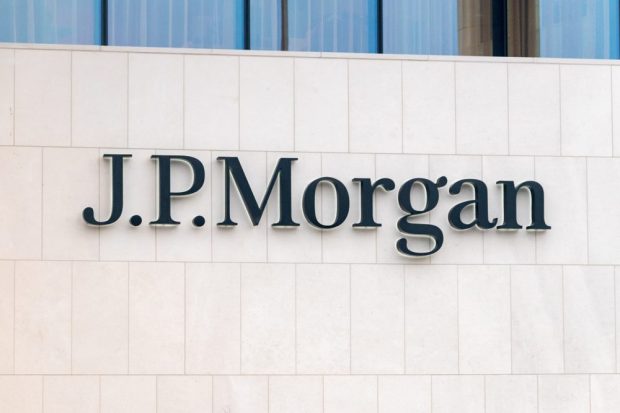JPMorgan Chase Card Spending Grows 8% as Consumers Draw Down Deposits

Banking juggernaut J.P. Morgan Chase reported earnings on Friday (Oct. 13) that showed resilient card spending, but a drawdown of deposits and a gradual uptick in charge-offs.
Earnings supplementals show that within the Consumer Banking segment, debit and credit sales volumes were up 8%, to $426.3 billion. Average deposits were down 8% year on year to $1.1 trillion.
The company said that active mobile customers were up 9% year over year to 53.2 million.
Investors bid up the shares 2.8% in early trading Friday.
During the conference call with analysts, CFO Jeremy Barnum said that net credit costs were $1.4 billion, “predominantly driven” by net charge-offs in the carAd business.
“Consumer spending growth has now reverted to pre-pandemic trends,” Barnum said. And within the lending portfolio, home lending revenues were down 2% year on year, as originations slipped 15% from last year.
Forecasting Charge-Off Rates
Management said on the call that it expects the 2023 card net charge-off rate to be about 2.5%, which would be in line with the ratio seen in the third quarter and up from the 1.4% seen a year ago. That outlook is driven at least in part by a “central case” view that there will be, in Barnum’s words, “a very mild recession” with two quarters of negative GDP growth of half a percent and higher unemployment rates.
Asked on the conference call with analysts about deposit trends, Barnum noted that there’s been “upward pressure” on deposit rates due to the “competitive market environment.”
As for credit quality, he told analysts, “we continue to see the normalization story ‘play out’ with the consumer, more or less exactly as expected.” Loan growth has been robust on cards (up 16%), according to commentary on the call, though there should be normalization of those levels, too. Home lending should continue to be constrained by rates and market conditions.
Strength in the consumer business, Barnum said on the call, comes amid a competitive landscape populated with FinTechs, but he contended that for J.P. Morgan, “there’s a holistic value proposition here, which includes branches and the app, the online services and the entire suite of products and services that is around the enterprise, which drives engagement and customer loyalty.” Additional and continued tech investments will center on cybersecurity, data center resiliency and regulatory requirements, and artificial intelligence.
But, with a note of caution as to what lies ahead, and especially within the market, CEO Jamie Dimon echoed observations he made in the statement that accompanied earnings that warned that “this may be the most dangerous time the world has seen in decades.”
During the call, he took note of volatility in the markets, adding that “if you don’t believe me, remember 1987, 1990, 1994, the year 2000, the year 2009… people don’t predict those inflection points. My caution is that we are facing so many uncertainties out there.”
